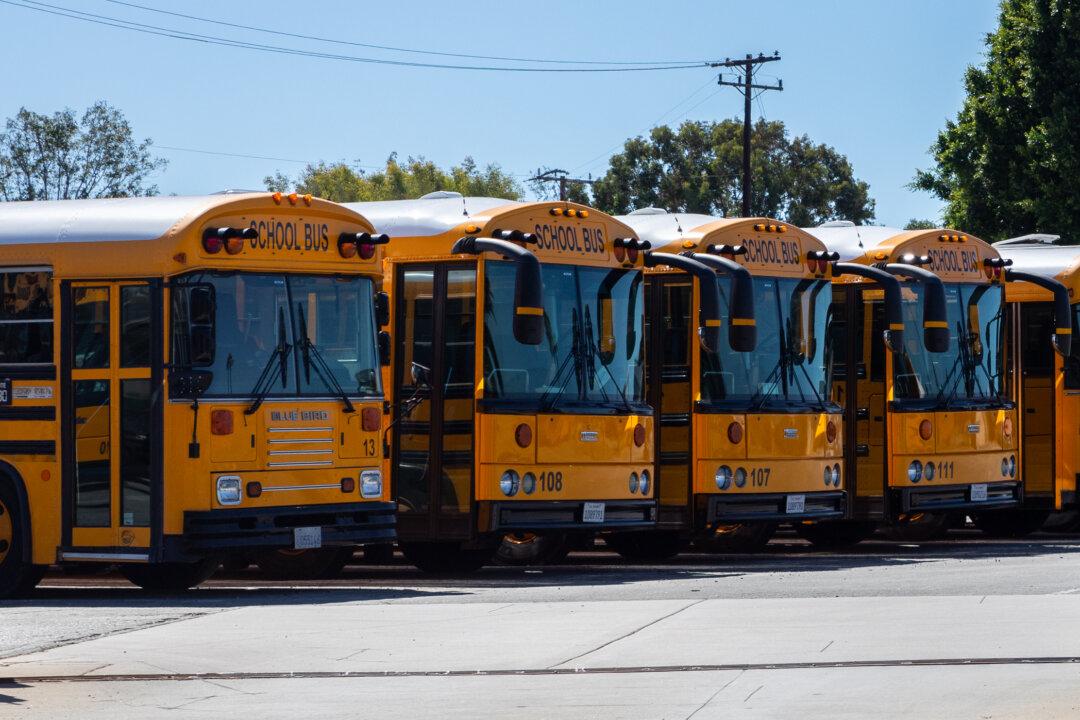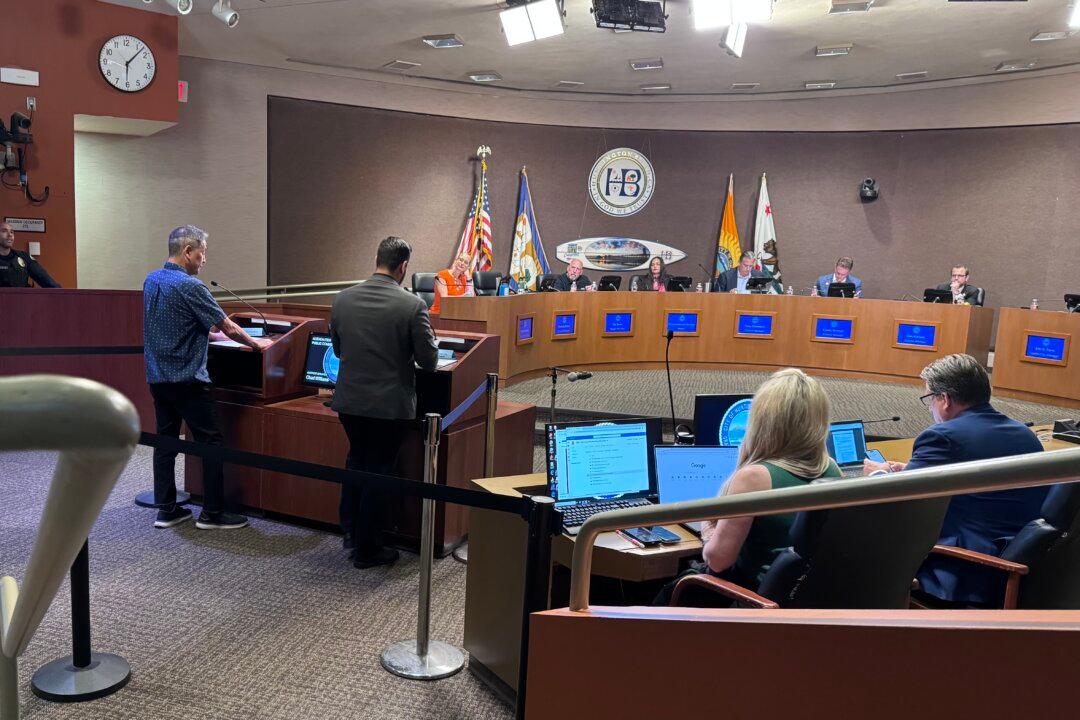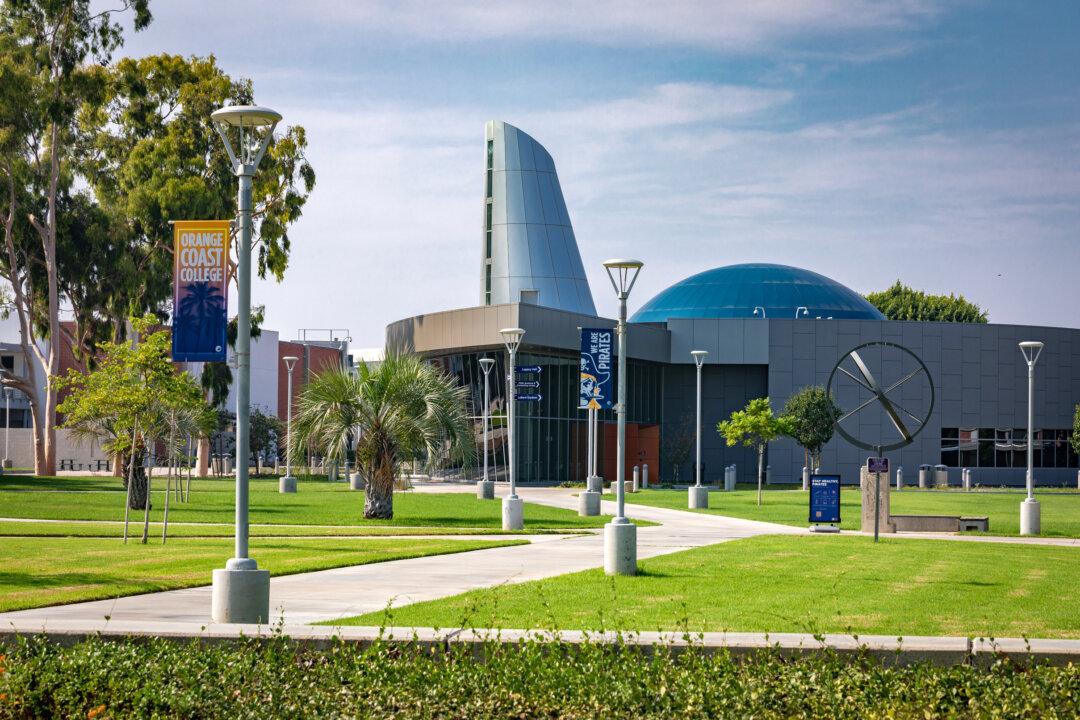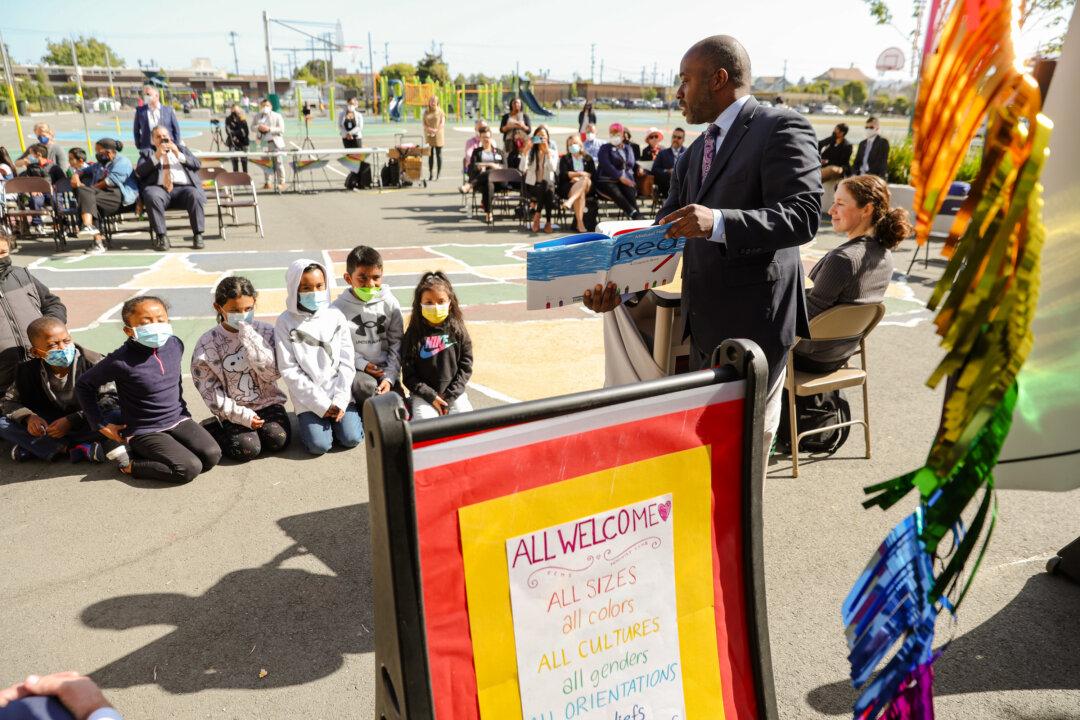California is spending $150 million this upcoming school year to help schools transition gas-fueled school buses to those that are electric.
The endeavor is a part of the governor’s plan to achieve net-zero carbon pollution by 2045. Funding for the new vehicles will come from the California Climate Commitment, a multi-billion-dollar investment that began last year in climate initiatives that include $10 billion in consumer incentives to switch to electric vehicles.





